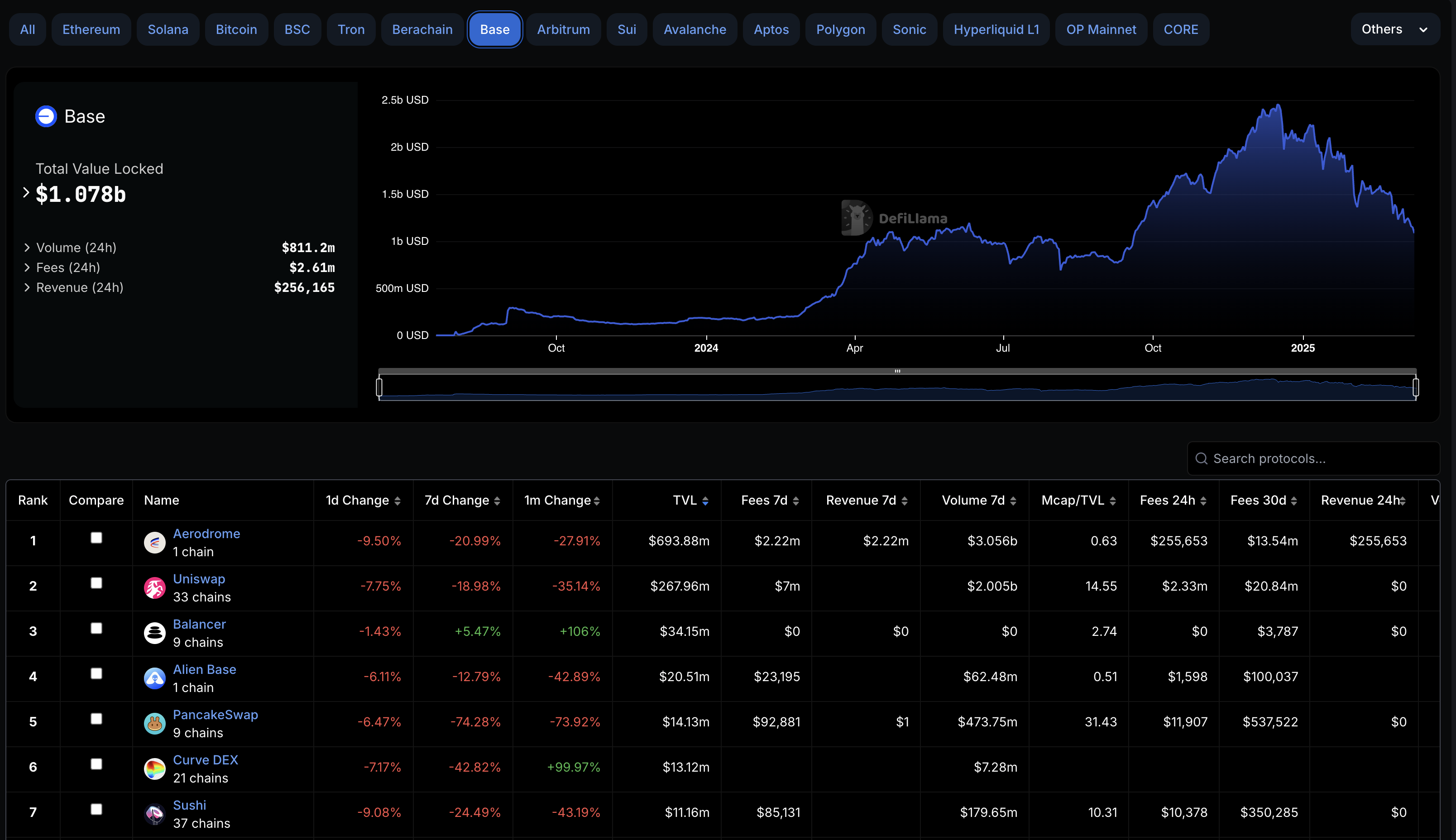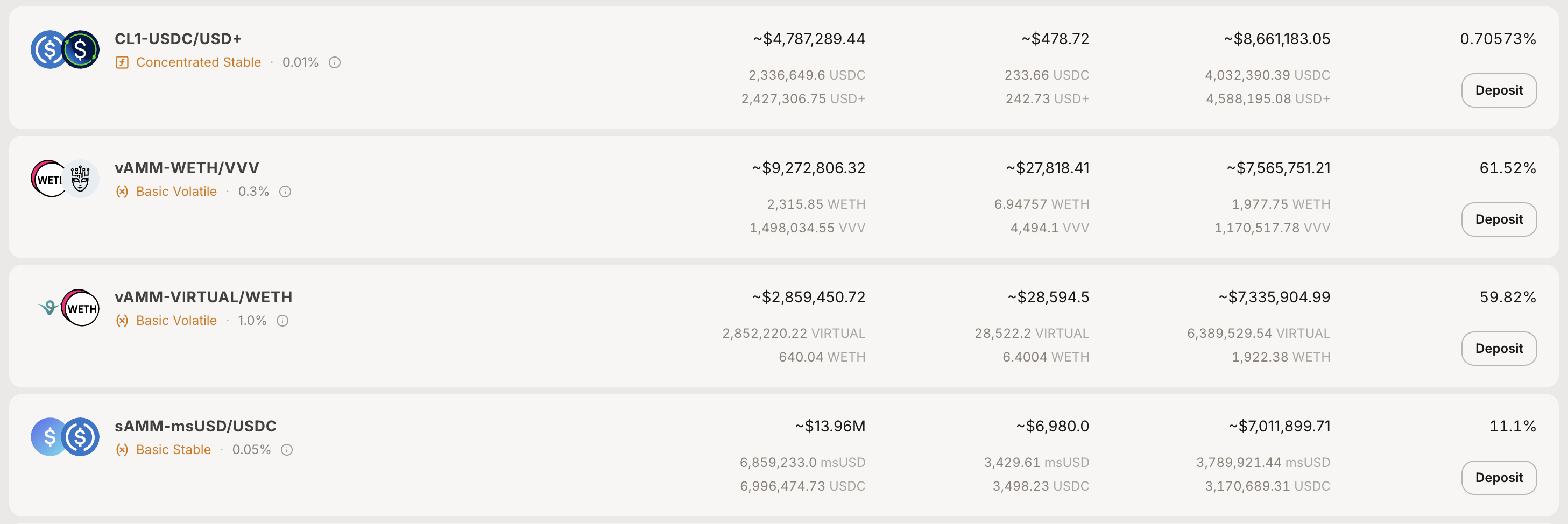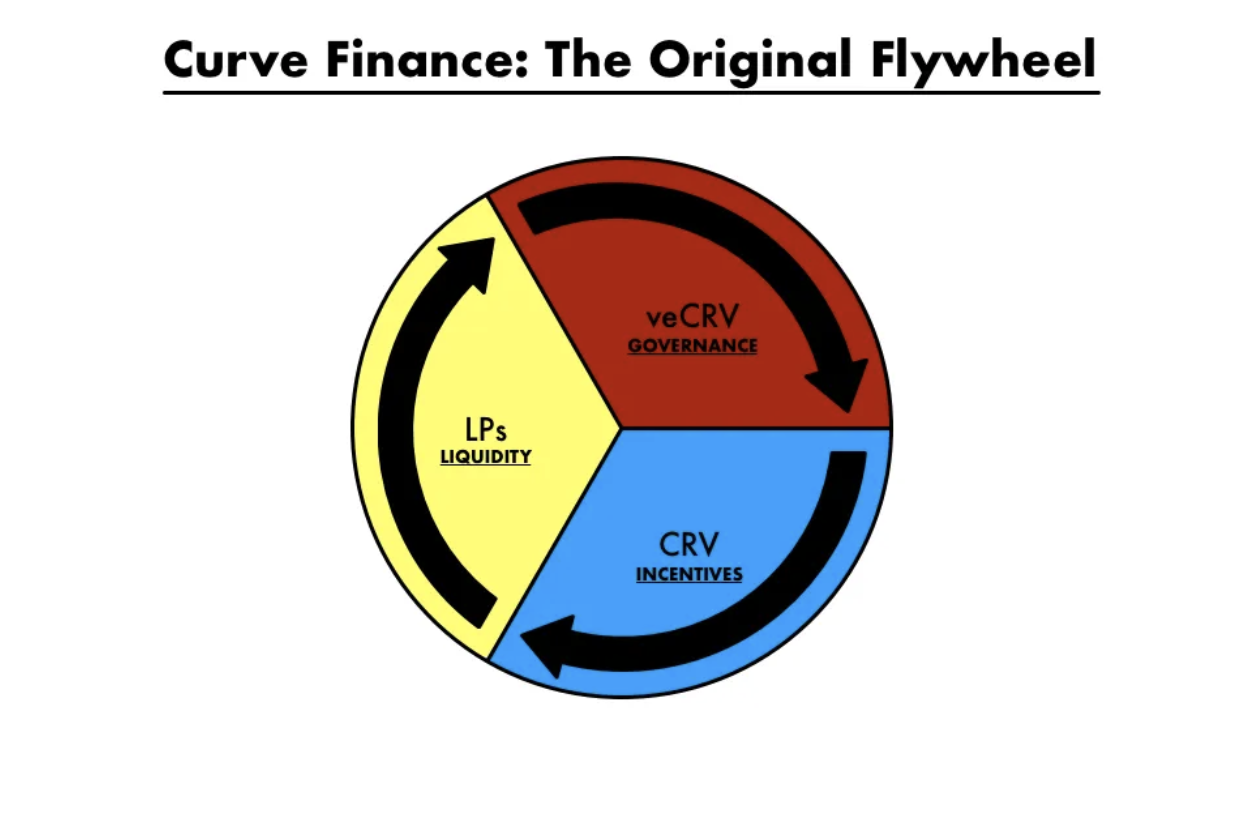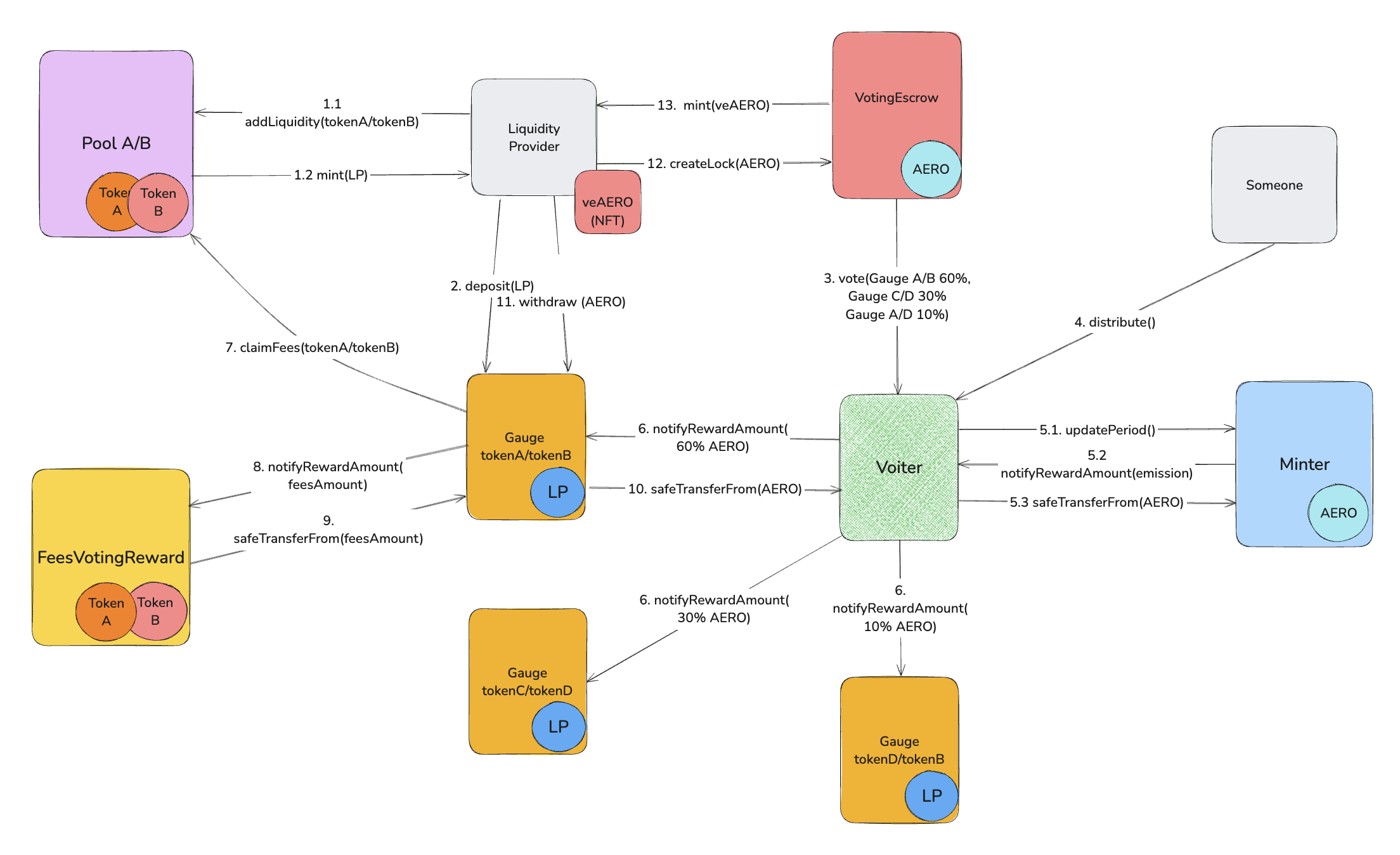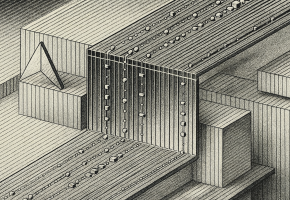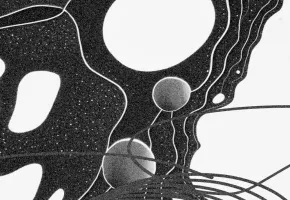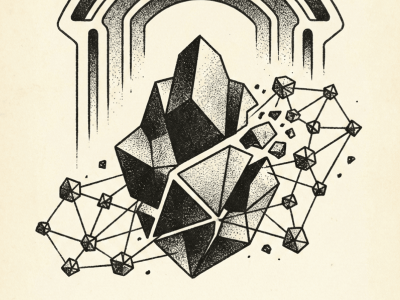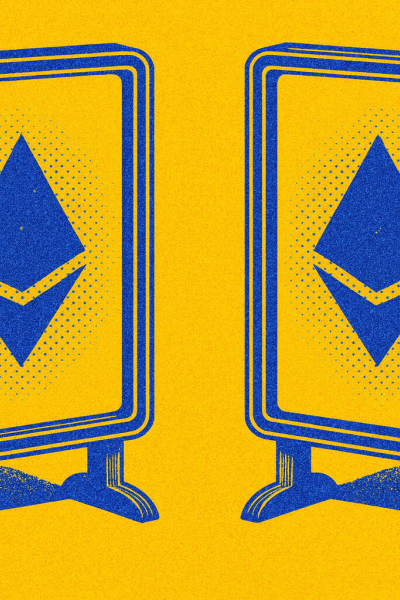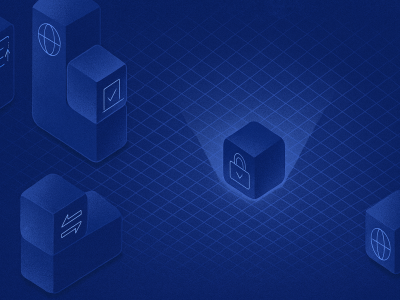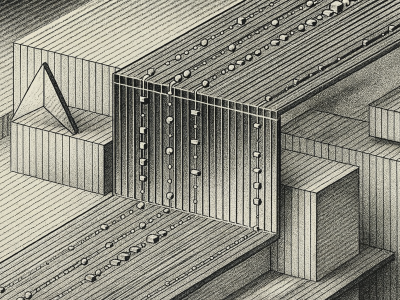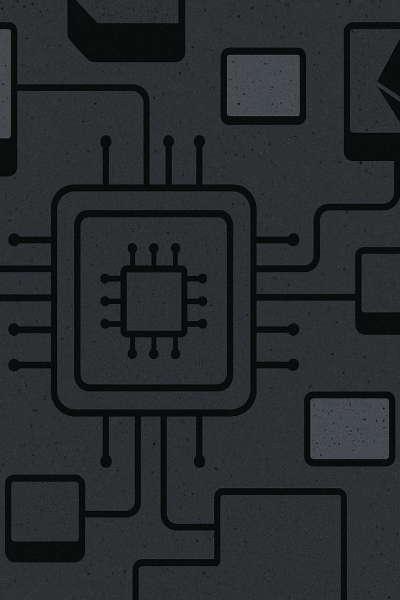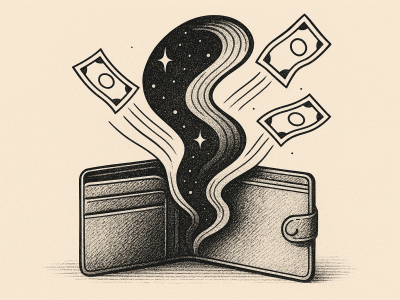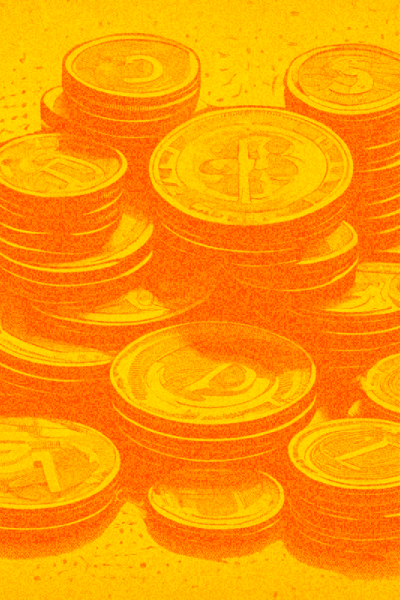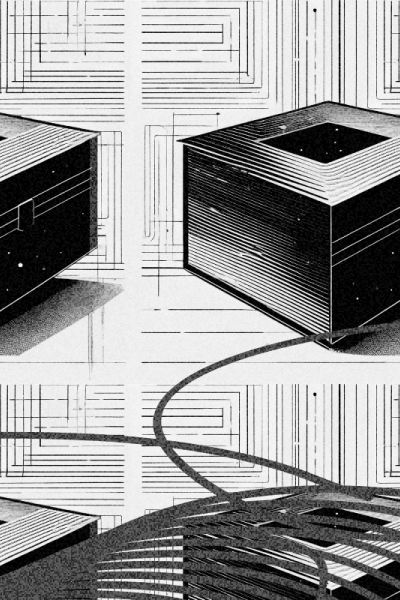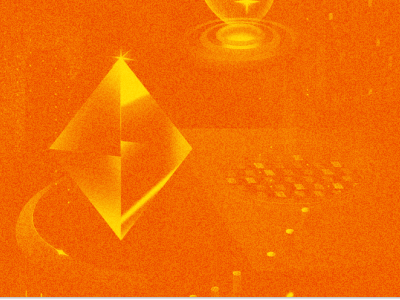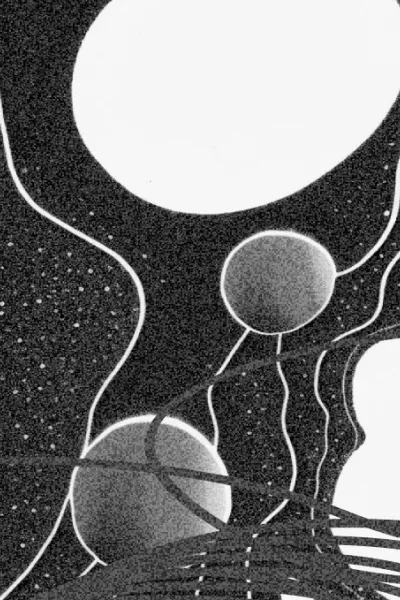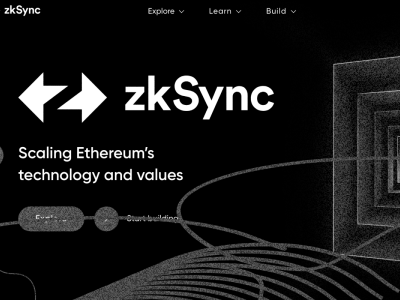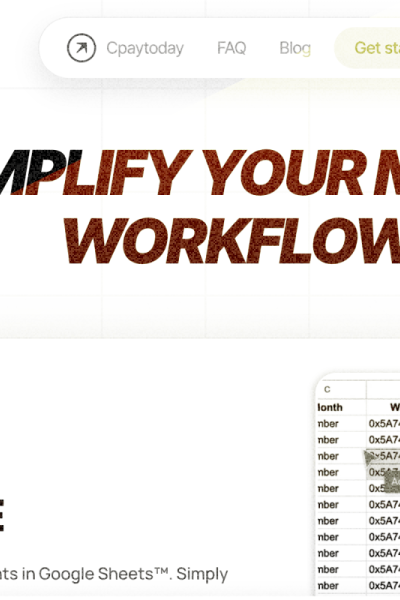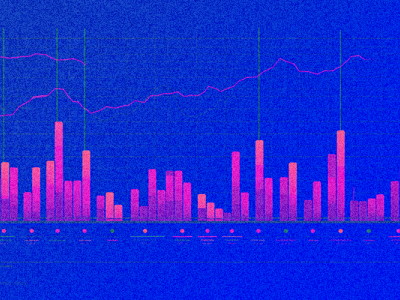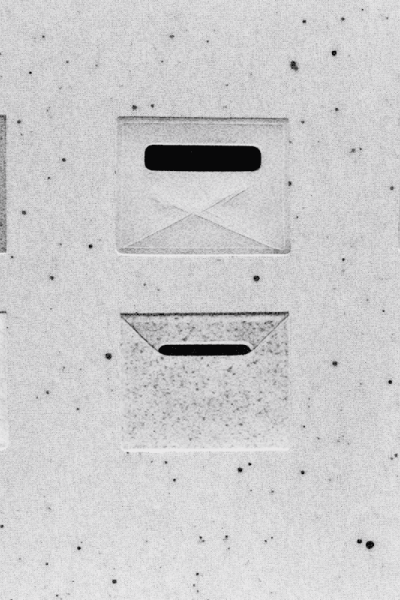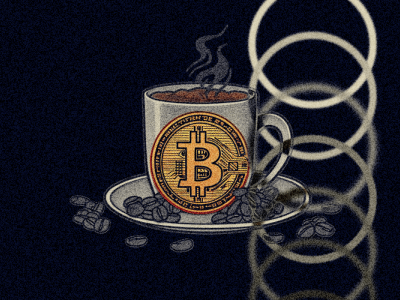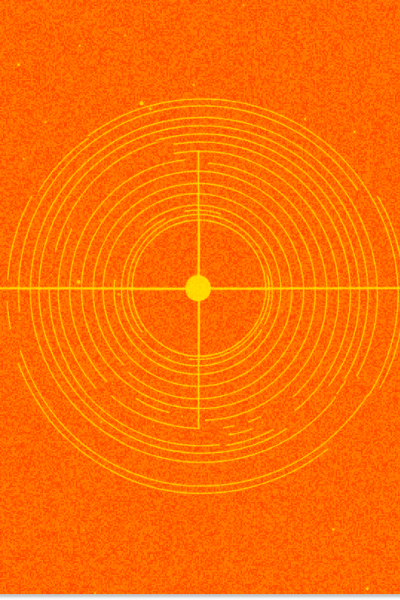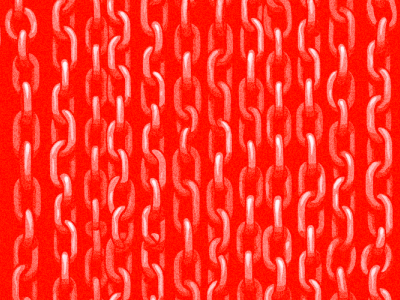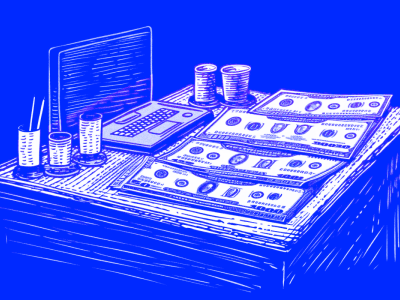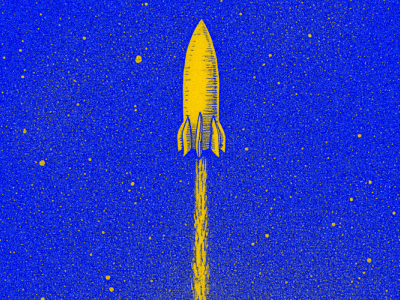A More Detailed Breakdown of the Curve Model
To understand how Aerodrome differs from Curve, let’s take a closer look at Curve’s incentive system.
Providing Liquidity
It all starts with adding liquidity to a pool, for which the user receives LP tokens. Swap fees are accrued in LP tokens and essentially stay in the pool, gradually increasing the liquidity provider’s share. If nothing else is done, earnings will come only from fees.
Farming
Curve’s governance token — CRV — is issued gradually, and the majority of it is distributed through rewards. This makes farming within the protocol possible.
Note: CRV emission is planned for ~300 years.
A user can deposit their LP tokens into a Liquidity Gauge (a special smart contract for each pool) and receive rewards in CRV. The amount of CRV allocated to a pool depends on how many votes its Liquidity Gauge receives. But who’s voting?
Staking and Governance
CRV tokens (earned or bought on a DEX) can be staked in exchange for veCRV (Vote-Escrowed CRV). These tokens are non-transferable but allow you to vote each epoch (7 days) for the Liquidity Gauge of specific pools.
Pools that receive more votes get a larger share of the weekly CRV emission, as well as a portion of the protocol’s fee revenue.
Note: In addition to the fees that stay in the pools for LP providers, Curve charges an extra admin fee, which goes to the DAO treasury. A portion of these funds is distributed among veCRV holders who voted for the pools.
The voting weight of veCRV depends on the lock duration:
- The maximum lock period is 4 years, the minimum is 1 week.
- The longer the lock, the higher the weight.
- The weight decays over time, but the lock can be extended.
Aerodrome Incentives
The "liquidity flywheel" model was almost entirely copied from Curve, but modified to address its shortcomings — just like what was done with the Uniswap v2-style pool.
The core idea remains the same:
- Earning from trading fees for providing liquidity.
- Farming the AERO token by supplying LP tokens.
- Governance through the vote-escrow token veAERO, similar to veCRV.
But there are important differences:
- A different method for distributing trading fees.
- Modified tokenomics and AERO emission rate.
- The veAERO token behaves like an NFT (ERC-721) and has additional features compared to veCRV.
- Improved governance and protocol development mechanisms.
Providing Liquidity
LP providers receive 100% of the trading fees, which already sets it apart from Curve’s model. If a provider does nothing beyond supplying liquidity, they can simply claim the accumulated fees in a separate transaction — anytime they want.
Farming
Not using farming as an LP provider is a real waste. However, there’s an important catch: as soon as you deposit LP tokens into a Liquidity Gauge, you lose the right to trading fees and can only earn from AERO rewards. The amount of rewards depends on how much weight your Gauge receives during the weekly vote.
What’s the trick? You can still earn trading fees — but only if you stake AERO and get veAERO. Then, you can vote for specific pools to boost their share of AERO emissions. On top of that, trading fees are distributed among veAERO holders in proportion to their voting weight. So, Aerodrome claims that 100% of trading fees go to LP providers — but only depending on how active they are in governance.
Staking and Governance
The veAERO token is similar to veCRV but comes with significantly more features. You can read more about it in the specification and the voting documentation.
In short, veAERO is a "Frankenstein token." Although it behaves like an ERC-721, it’s not actually one. It’s not even a token — it’s a smart contract called VotingEscrow, which includes a bunch of features:
tokenId support for identifying positions.balanceOf for AERO, which determines voting weight.- Governance token functions, including delegation and a voting system similar to OpenZeppelin governance.
- Ability to split and merge
tokenIds. - Full logic for AERO staking.
- Ability to sell your position like a regular NFT on a marketplace (example).
- Ability to transfer a
tokenId along with its voting power to a manager.
And that’s just the core functionality. Curve had a similar system, but their VotingEscrow only handled basic CRV balance tracking. Also, unlike veCRV, veAERO can be transferred.
The maximum AERO lock period is 4 years, just like Curve. Voting power decreases as the unlock time approaches, but there’s an option for a “permanent” lock: in this case, AERO stays locked for 4 years until the user chooses to withdraw it manually.
AERO Emission
The emission started with 10 million AERO (2% of the initial supply), and further distribution takes place in three phases:
- Take-off – for the first 14 epochs (1 epoch = 1 week), emission increases by 3% weekly to boost activity and attract liquidity.
- Cruise – starting from epoch 15, emission decreases by 1% each week, gradually reducing inflation as the protocol matures.
- Aero Fed – beginning around epoch 67, when emission drops below 9 million AERO per week, veAERO holders can vote to change the emission policy. They can choose to:
- increase emission by 0.01% of the total supply per week (0.52% annually);
- decrease emission by 0.01% of the total supply per week;
- keep emission at the current level.
Emission is capped:
- Maximum rate – 1% of the total supply per week (52% annually).
- Minimum rate – 0.01% of the total supply per week (0.52% annually).
veAERO holders can adjust the emission within these limits by voting through the EpochGovernor.
Rebase Mechanism
Additionally, there’s a Rebase mechanism: veAERO holders receive a weekly redistribution of tokens proportional to the emission and their share of veAERO relative to the total AERO supply. This helps offset the “vote dilution” effect and reduces inflation pressure on long-term stakers.


